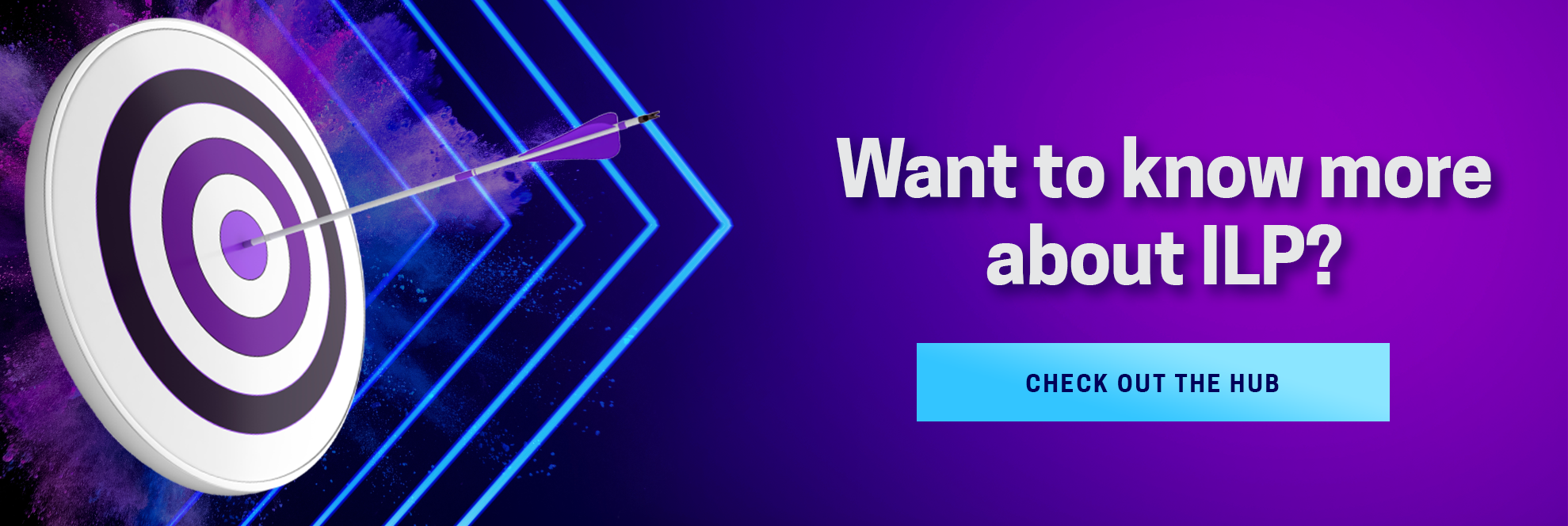What should an ILP include?
Individual learning plans (ILPs) can guide your learners to success, as long as you understand how to structure them. In this blog, we’ll help you understand what should an ILP include, habit-layering, and how to use coaching conversations to develop your learners’ independence.
Why should we care about coaching?
Persistent LinkedIn messages aside, what coaches do is lead people to understand, plan and achieve their own, personal, measure of success. They help lead conversations that enable someone to gain perspective and, if necessary, reprioritise or change direction. This practice is vital for supporting learners at significantly different levels, and with different cultural, economic, and academic backgrounds.
Understanding the language of ILPs
For the purposes of this article, we’re using specific terminology: targets, which you might know as goals or objectives, and reviews, which you might know as pastoral targets, assessments, appraisals, or one-to-ones. We chose the term ‘reviews’ specifically because they emphasise reflective practice – literally reviewing your actions – which is something learners can expect to develop throughout their careers, as well as in further or higher education. The ability to review, critique, reflect and improve are all vital skills in themselves, but they can also contribute to a learner’s emotional self-management, a cornerstone of emotional intelligence. There is good evidence for social and emotional learning improving our working lives.
How to create Individual Learning Plans
Five steps to success:
- Establish three to four categories or areas of focus
- Include steps or a to-do list
- Include actionable objectives
- Involve other stakeholders
- Collect both quantitative and qualitative data
ILPs are a great opportunity to ensure that learners understand how to thrive both within your institution and after they leave. You’re helping to establish habits and give learners an understanding of how to learn. When we think about learners in further education, we have to acknowledge that like much of the workforce, their job, industry, and interests are likely to undergo enormous change during their career.
Individual learning plan software
Using a digital ILP can help reduce the workload, freeing up time to spend on teaching and learning. Digital headers, for example, offer context, including the learner’s course, previous attainment, disability or additional learning need, and preferred name, as well as the pronouns they use. You can also set dynamic ILPs, so they automatically assign. This can be especially effective when used against changing context like application status, attendance rate, or disability or support needs.
Try and structure reviews so that learners have the opportunity to consider their learning behaviour, positioning themselves as actors in their lives rather than bystanders. When you’re having conversations about their progress and plans, you need to be able to prompt learners. That all-important coaching approach comes in here: even when a learner rates themselves poorly, find out how they got to that point from zero, and how they will achieve the next milestone or step.
If you’re struggling to understand an issue, consider asking the same question in slightly different ways, and with different ways of responding. This can help you triangulate responses. For example, learners will often rate their confidence poorly, but also tell an institution that they’re planning to apply for the next step of their course, indicating that they do expect to pass the current stage. Comparing their confidence level against their likelihood of applying can help prevent catastrophising, and ensure you’re prepared for that wave of internal applications!
In summary, when creating ILPs
- Don’t restrict your individualised learner plans to a list of objectives. Think about what motivates you and your colleagues in your professional conversations. Be prepared to repeat the building blocks until your learners have perfected a habit, then add a new one, thinking about skills as well as academic practice.
- Think about coaching your learners – building up their own internal drive and reflective practice, instead of them waiting for external motivation. You might want to read about coaching for compassion, an approach designed to support the lifelong wellbeing and resilience of participants.
TOPICS:
SHARE THIS ARTICLE:



